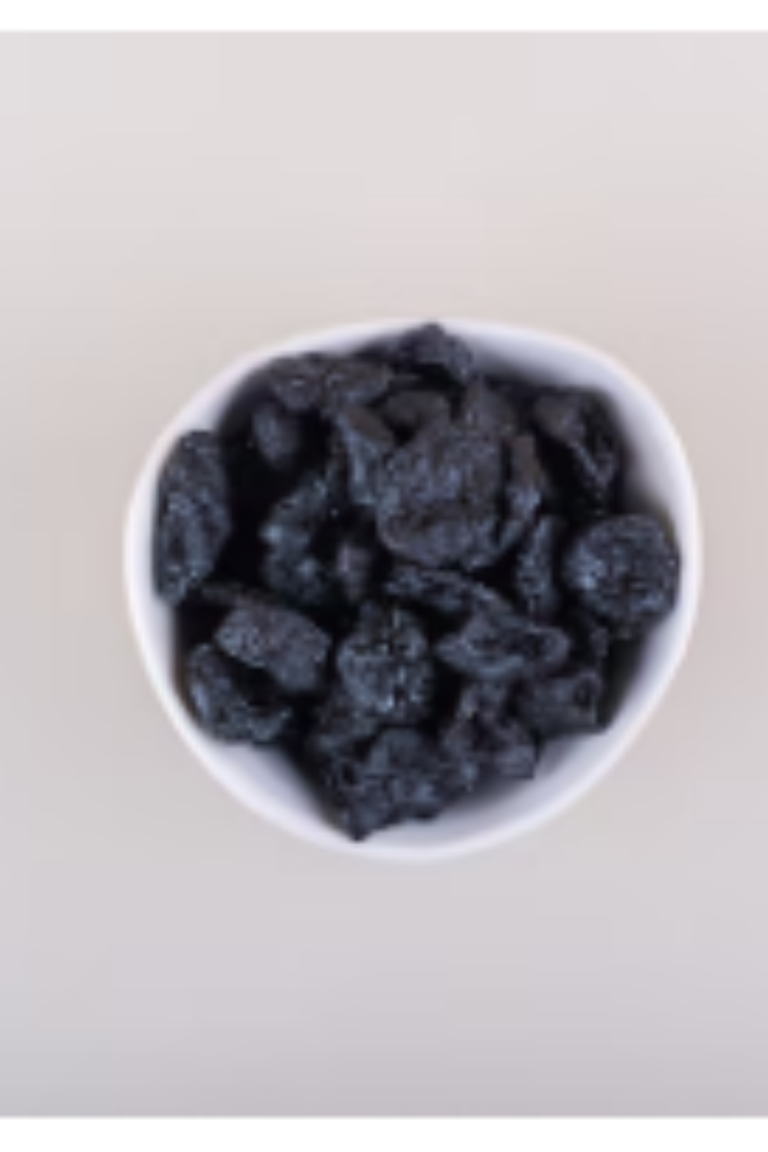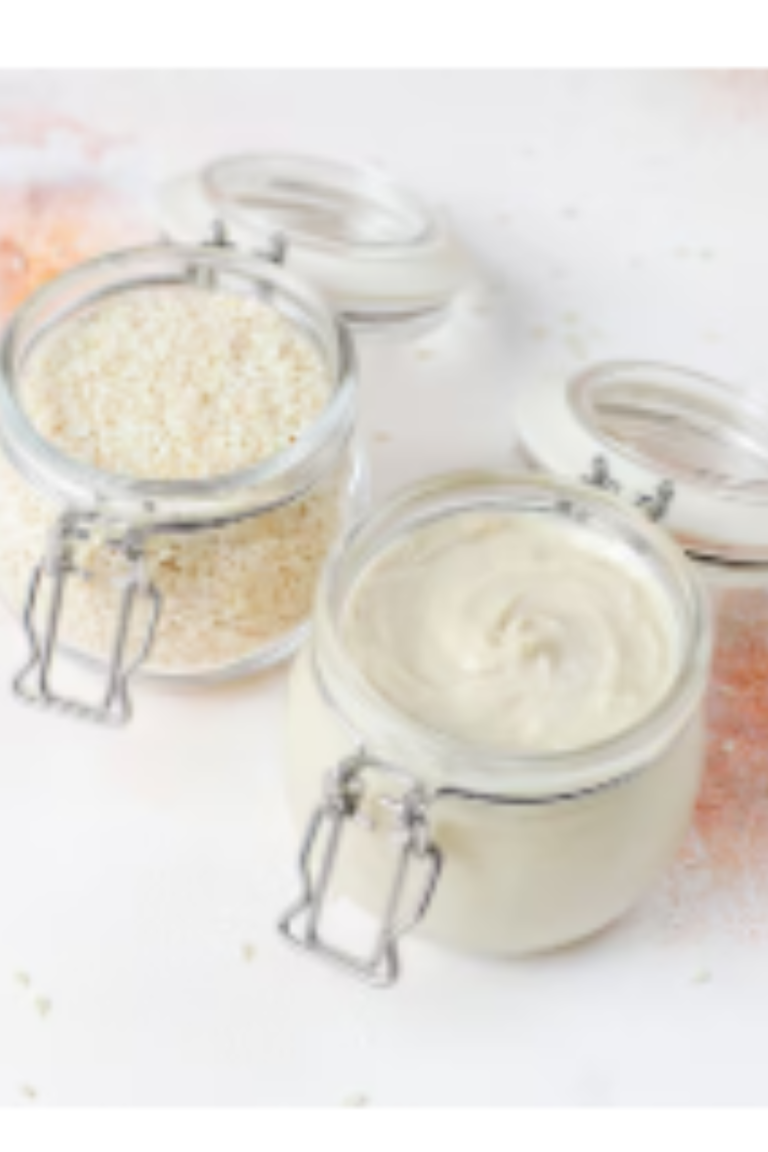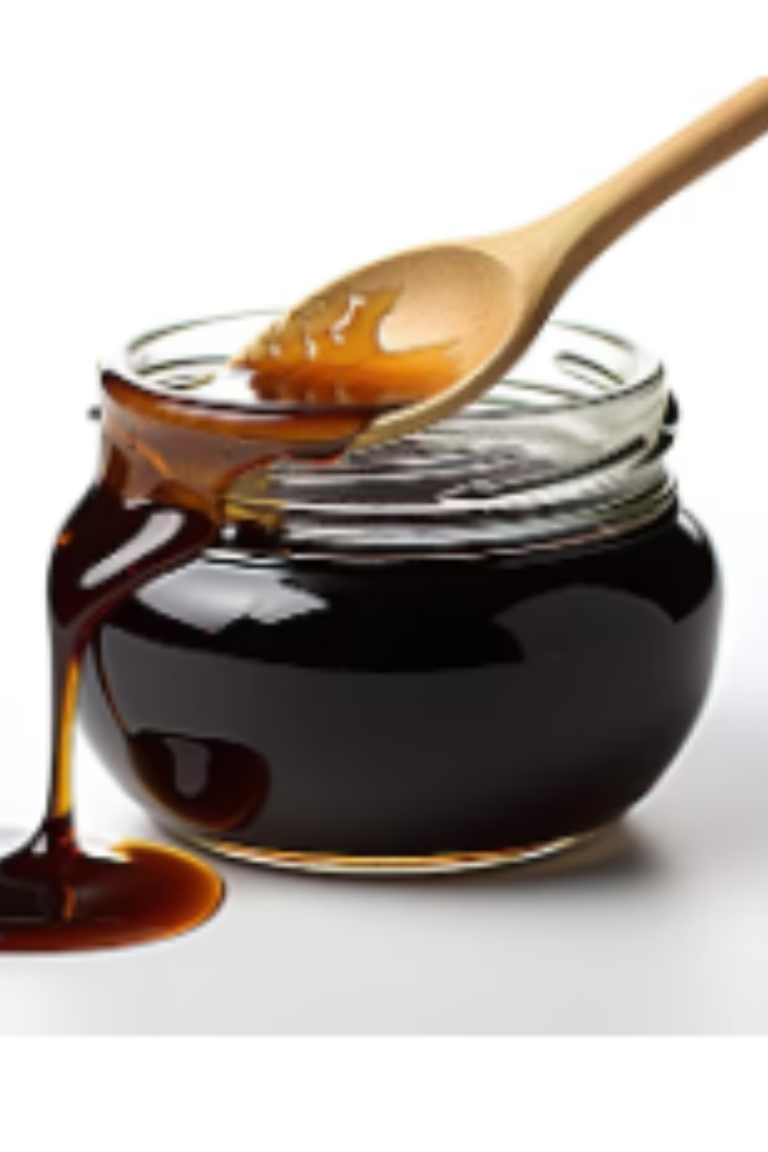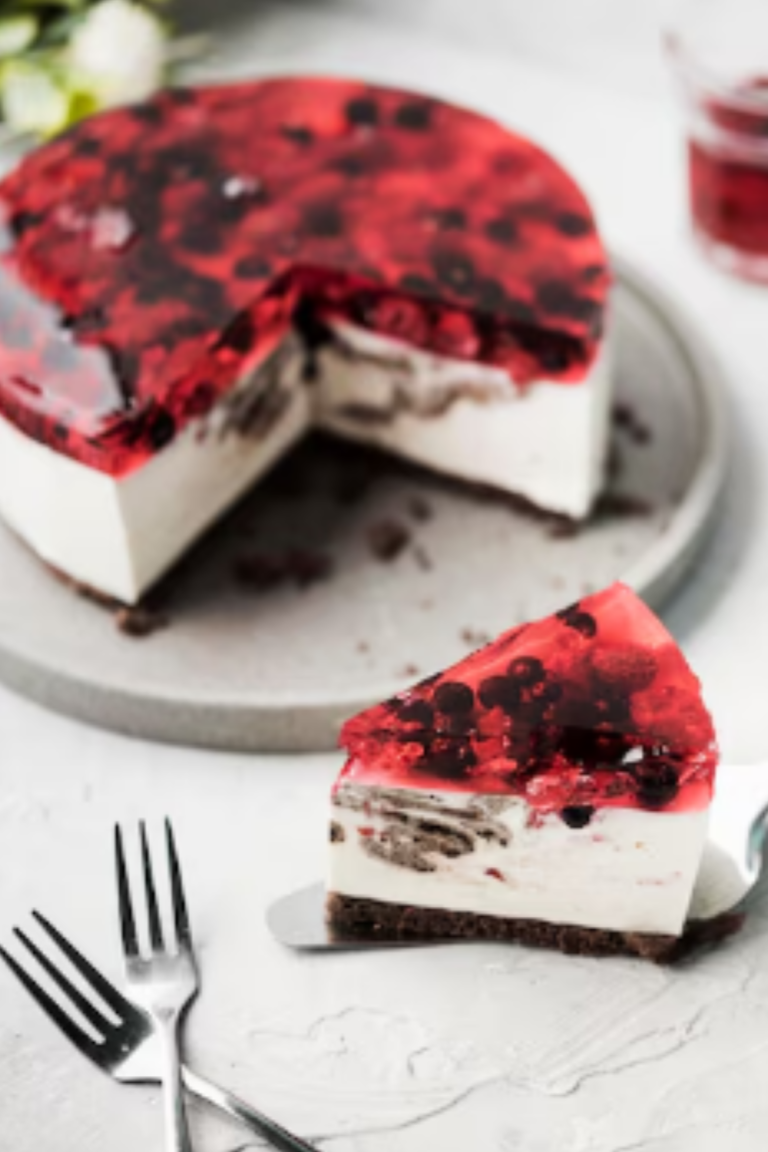MC: Molasses role in cakes Explained
Table of Contents
ToggleMolasses and Its Role in Cakes
Molasses is a thick, dark syrup that remains after sugar has been extracted from sugar cane or sugar beet juice. It’s a byproduct of the sugar refining process, known for its robust flavor and rich color. In baking, especially in cakes, molasses serves multiple purposes:
Check out the right Molasses, and ingredients that you need here.
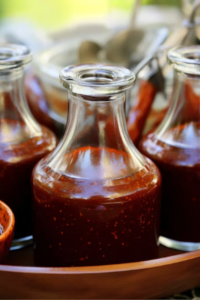
Enhancing Flavor
Molasses adds a distinctive flavor profile to cakes. Its deep, slightly bitter-sweet taste complements spices like cinnamon, ginger, and cloves commonly found in gingerbread or spice cakes. This combination creates a complex and satisfying taste experience that traditional granulated sugar alone can’t achieve.
Moisture Retention
Due to its syrupy consistency, molasses helps retain moisture in cakes, keeping them from drying out too quickly. This is particularly beneficial in dense cakes like gingerbread, where a moist crumb is essential for texture and enjoyment.
Browning and Appearance
Molasses contributes to the browning of cakes during baking, giving them an appealing golden to dark brown color. This caramelization not only enhances the visual appeal of the cake but also indicates a depth of flavor that appeals to the senses. Check out the right Molasses, and ingredients that you need here.
Nutritional Boost
Unlike refined sugar, molasses contains essential minerals such as iron, calcium, magnesium, and potassium, albeit in small amounts. While not a significant source of these nutrients, using molasses in cakes adds a touch of nutritional benefit compared to using only refined sugars.
Using Molasses in Your Baking
When incorporating molasses into your cake recipes, remember that its flavor can be quite pronounced. Start with small amounts and adjust according to your taste preferences and the specific recipe. Generally, recipes that call for molasses often balance its intensity with other spices and ingredients to create a harmonious flavor profile.
Next time you’re baking a spice cake or a batch of gingerbread cookies, consider reaching for molasses to elevate your baking to a new level of richness and depth. Its unique qualities not only enhance the flavor and appearance of cakes but also add a touch of tradition and nostalgia to your baking endeavors. Check out the right Molasses, and ingredients that you need here.
Drilling Deeper: Comparing Types of Molasses
When it comes to baking with molasses, understanding the different types available can significantly impact the flavor and texture of your cakes. Let’s explore the common types of molasses and their respective characteristics:
1. Light Molasses
- Flavor: Light molasses is the sweetest and mildest of the molasses varieties. It has a lighter color and a more delicate flavor compared to other types.
- Best For: Use light molasses when you want just a hint of molasses flavor without overpowering other ingredients. It’s suitable for lighter cakes and cookies where a subtle sweetness is desired.
2. Dark Molasses
- Flavor: Dark molasses is richer, darker, and has a more robust flavor profile with a slight bitterness. It’s made from the second boiling of sugarcane juice during the refining process.
- Best For: This type of molasses works well in gingerbread cakes, spice cakes, and other baked goods where a deeper, more pronounced molasses flavor is desired. Check out the right Molasses, and ingredients that you need here.
3. Blackstrap Molasses
- Flavor: Blackstrap molasses is the darkest and thickest type, with a very strong, slightly bitter taste. It’s produced from the third boiling of the sugarcane syrup and contains the least amount of sugar.
- Best For: While not typically used in cakes due to its intense flavor, blackstrap molasses can be incorporated into robust, whole-grain bread recipes or used sparingly in health-conscious baking for its higher nutritional content.
Tips for Using Molasses in Cakes
- Substitutions: If a recipe calls for molasses and you don’t have any on hand, you can substitute with dark corn syrup, honey, or maple syrup, though these will impart different flavors.
- Balancing Flavors: Adjust the amount of molasses based on your personal taste and the specific flavors of your cake recipe. Remember, molasses can overwhelm if used too generously.
- Storage: Keep molasses tightly sealed in a cool, dry place to prevent it from drying out or hardening. It can last for a long time if stored properly.
Understanding the nuances of different types of molasses empowers you to make informed choices when baking. Whether you’re aiming for a subtle sweetness or a bold molasses kick, selecting the right type can make a significant difference in the outcome of your cakes and baked goods. Check out the right Molasses, and ingredients that you need here.
Comparison Table: Types of Molasses for Baking
Here’s a handy comparison of the different types of molasses commonly used in baking, highlighting their flavors and best uses:
| Type of Molasses | Flavor | Color | Best For | Nutritional Notes |
|---|---|---|---|---|
| Light Molasses | Sweet, mild | Light brown | Lighter cakes, cookies | Contains some vitamins and minerals, less bitter |
| Dark Molasses | Rich, robust | Dark brown | Gingerbread, spice cakes | More pronounced molasses flavor, good balance of sweetness |
| Blackstrap Molasses | Strong, bitter | Very dark brown | Whole-grain bread, health-conscious baking in moderation | Highest in vitamins and minerals like iron and calcium, least sweet |
Key Notes and Considerations:
- Flavor Intensity: Choose molasses based on the intensity of flavor you desire in your baked goods. Light molasses offers a subtle sweetness, while dark molasses provides a richer, more pronounced molasses taste. Blackstrap molasses is intensely bitter and should be used sparingly or mixed with other sweeteners.
- Color Impact: The color of molasses affects the appearance of your baked goods. Light molasses lends a lighter, golden hue, while dark molasses gives a deeper, darker color that is characteristic of gingerbread and spice cakes.
- Nutritional Benefits: While molasses is primarily a sweetener, blackstrap molasses contains notable amounts of iron, calcium, magnesium, and potassium compared to lighter varieties. This makes it a preferred choice for those seeking added nutritional benefits in their baking.
- Usage Tips: Adjust the amount of molasses according to your recipe’s requirements and your personal taste preferences. Remember, molasses can vary significantly in flavor and sweetness, so it’s essential to taste-test as you bake. Check out the right Molasses, and ingredients that you need here.
FAQs on Using Molasses in Baking
Here are some frequently asked questions about using molasses in baking, along with their answers:
1. Can I substitute molasses with other sweeteners?
Yes, you can substitute molasses with alternatives like dark corn syrup, honey, or maple syrup. Keep in mind that these substitutes will alter the flavor of your baked goods.
2. What is the difference between light and dark molasses?
Light molasses is sweeter and milder in flavor with a lighter color, while dark molasses has a richer, more robust flavor and darker color due to a longer boiling process.
3. How should molasses be stored?
Molasses should be stored in a cool, dry place and tightly sealed to prevent it from drying out or becoming hard. Properly stored, it can last for a long time.
4. Can molasses be used in recipes other than cakes?
Yes, molasses is versatile and can be used in cookies, bread, marinades, sauces, and even beverages like ginger tea or molasses milk.
5. What are the nutritional benefits of molasses?
Molasses contains small amounts of vitamins and minerals such as iron, calcium, magnesium, and potassium, especially blackstrap molasses, which is more nutrient-dense. Check out the right Molasses, and ingredients that you need here.
Final Words
Incorporating molasses into your baking not only enhances flavor but also adds depth and complexity to your favorite recipes. Whether you’re baking a classic gingerbread cake or experimenting with new creations, understanding the different types of molasses and their roles can elevate your baking game.
Remember to adjust the amount of molasses based on your taste preferences and the specific requirements of your recipe. Enjoy the rich flavors and nutritional benefits that molasses brings to your kitchen, and happy baking.

Hi!
I’m Mike, the creator of Forum Foodies. In my own personal experience, understanding ingredients is key to great cooking.
Forum Foodies offers guides on various ingredients, from staples to exotic finds. Join our community, share your experiences, and learn from fellow food lovers.
Have questions or suggestions? Email me at info@forumfoodies.com. Let’s embark on this delicious adventure together.
Happy cooking.
Mike/
Related Posts
- MOS: Molasses Syrup role in cakes Explained
In this topic, I'm going to talk about Molasses Syrup in my own personal experience,…
- FM: Fig Molasses role in cakes Explained
Fig molasses, or FM as it's often referred to in baking circles, is a delightful…
- FML: Fudge Molasses role in cakes Explained
In this topic, I'm going to talk about FML - Fudge Molasses in my own…
- BMS: Brown Molasses Role in cakes Explained
In this topic, I'm going to talk about the role of BMS (Brown Molasses) in…
- AM: Amaretto role in cakes Explained
In this topic, I'm going to talk about Amaretto and its role in cakes In…
- GMS: Grape Molasses its role in cakes Explained
In this article, I'm going to talk about grape molasses and its role in cakes,…
- MCB: Molasses Cake Batter role in cakes Clarified
In this topic, I'm going to talk about a fascinating ingredient that adds a unique…
- LBM: Light Brown Molasses role in cakes Explained
In this topic, I'm going to talk about Light Brown Molasses in my own personal…
- DMP: Date Molasses Paste role in cakes Clarified
In this topic, I'm going to talk about Date Molasses Paste in my own personal…
- BTS: Butterscotch role in cakes Explained
In this topic I'm going to talk about Butterscotch - in my own personal experience…
- CFY: Cornflour role in cakes Explained
In this topic, I'm going to talk about Cornflour in cakes, based on my own…
- DMJ: Date Molasses Jam role in cakes Clarified
In this topic, I'm going to talk about Date Molasses Jam (DMJ) and its role…
- CST: Role in cakes Explained
In this topic, I'm going to talk about the CST - Cranberry Shortcake, drawing from…
- DCM: Dark Caramel Molasses role in cakes Clarified
In this topic, I'm going to talk about DCM - Dark Caramel Molasses in my…
- AT: Almond Topping role in cakes Explained
In this topic, I'm going to talk about one of my favorite ingredients: Almond Topping.…

